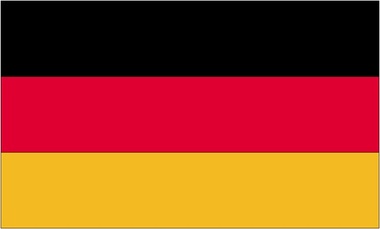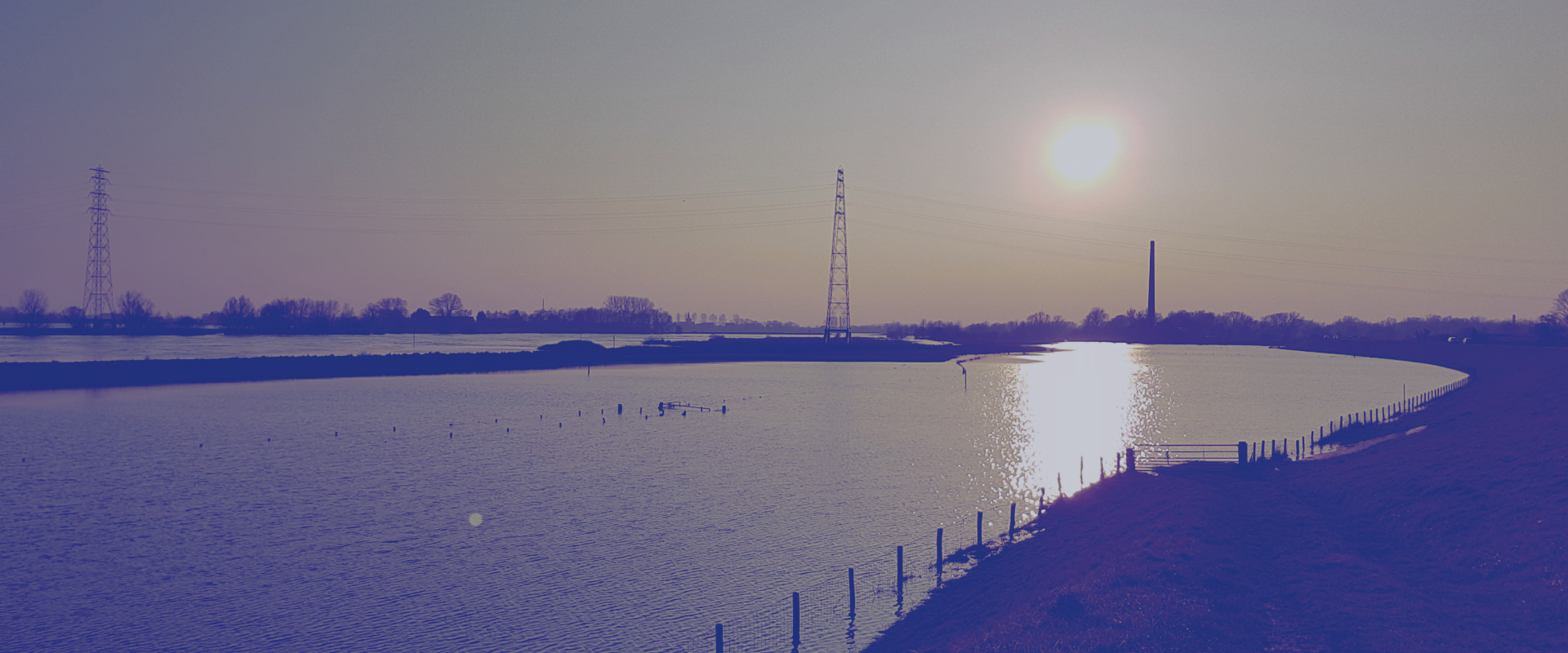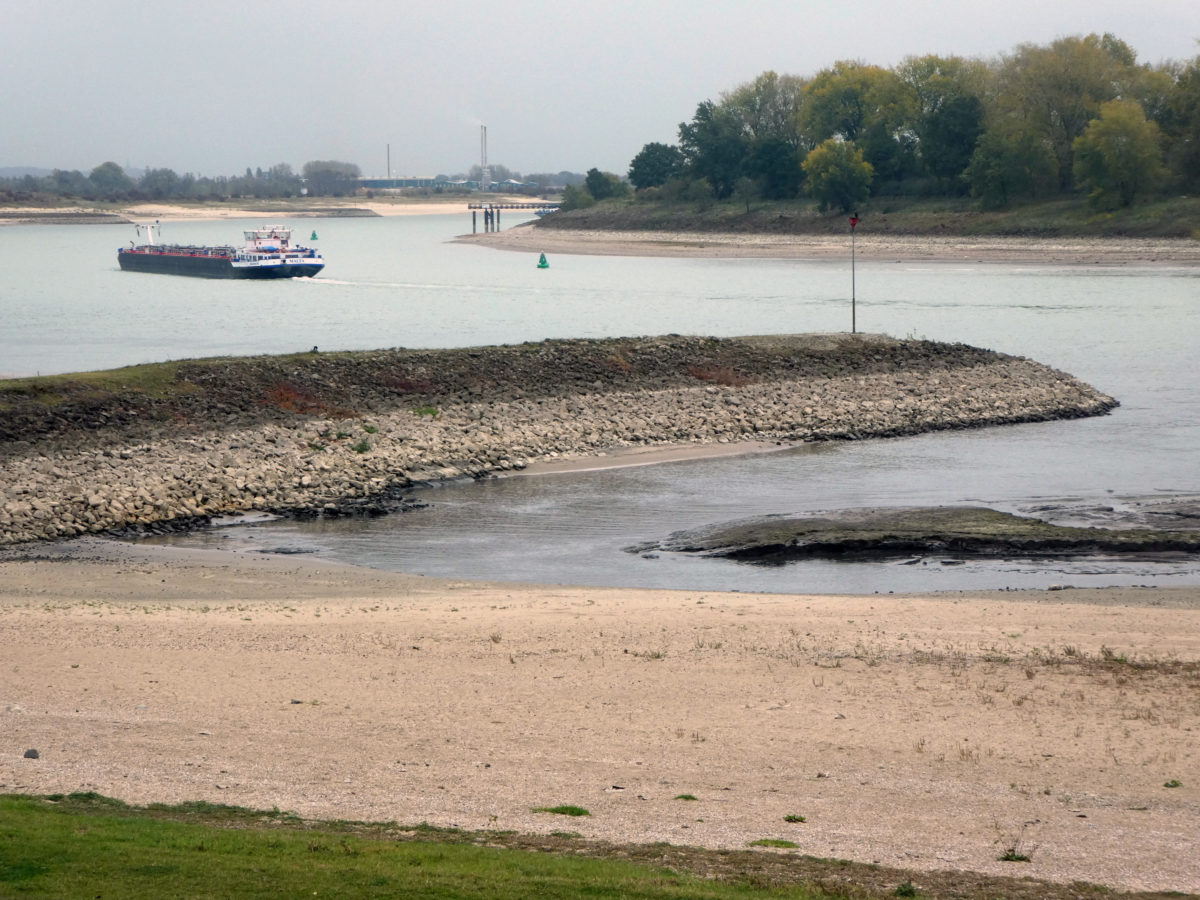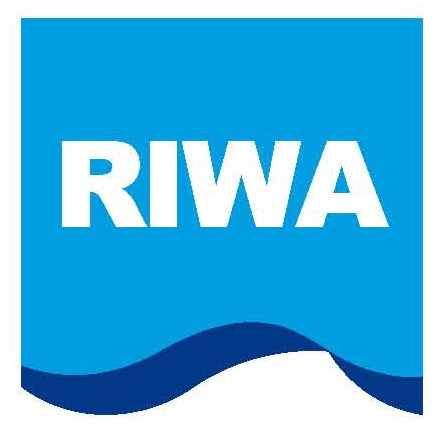Dutch Infrastructure and Water Management Minister Barry Madlener will enter into talks with the German government on reducing discharges of PFAS in industrial wastewater in the Rhine. The House of Representatives instructed the minister to do so in a motion.
The motion was prompted by media reports that the German government does not intend to set limit values for PFAS in discharge permits of the German chemical industry on the Rhine. As a result of German discharges, three to four times more PFAS flows into our country via the Rhine than is safe for human health, according to the RIVM.
Read more: h2owaternetwerk (in Dutch)






